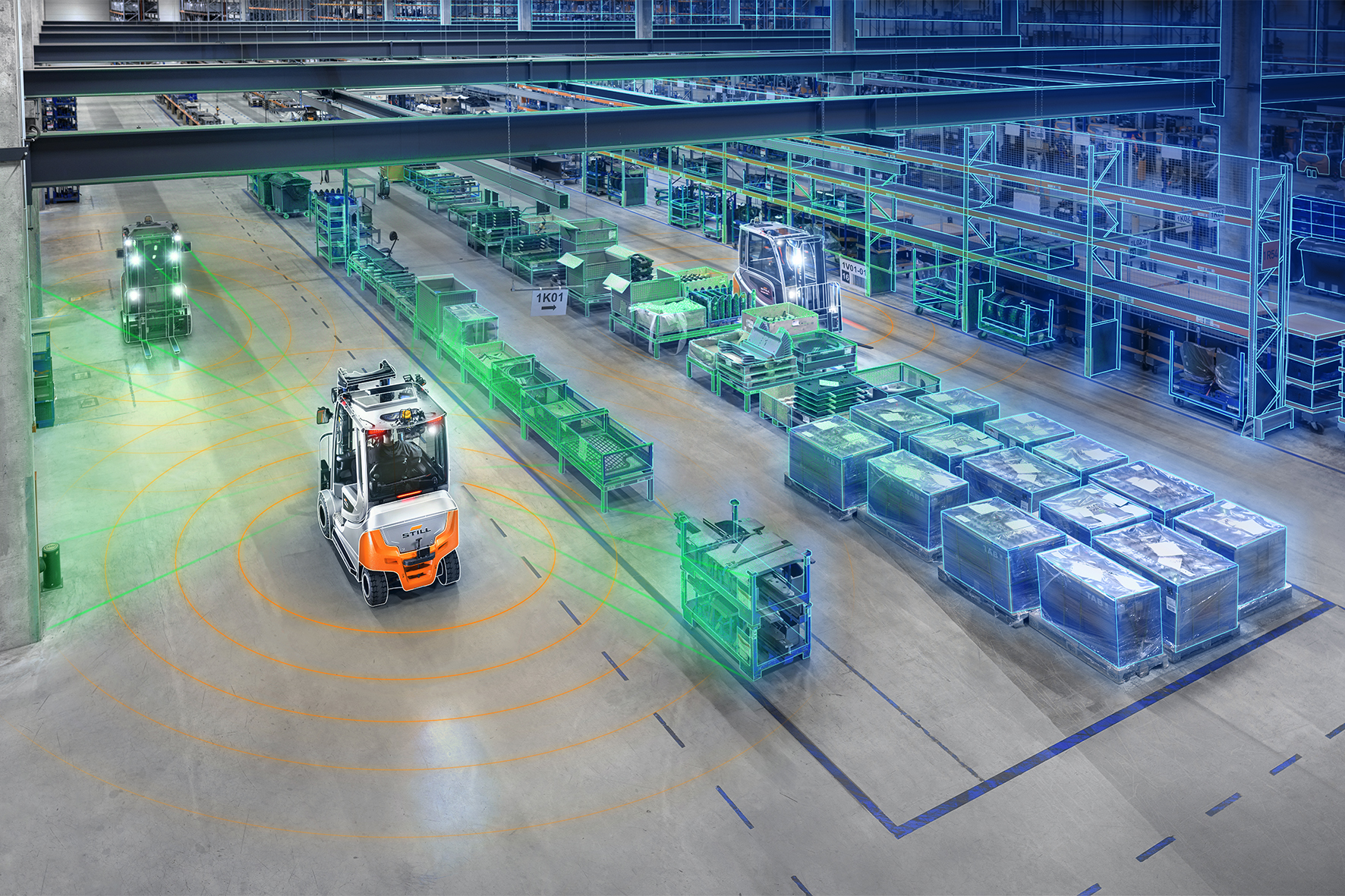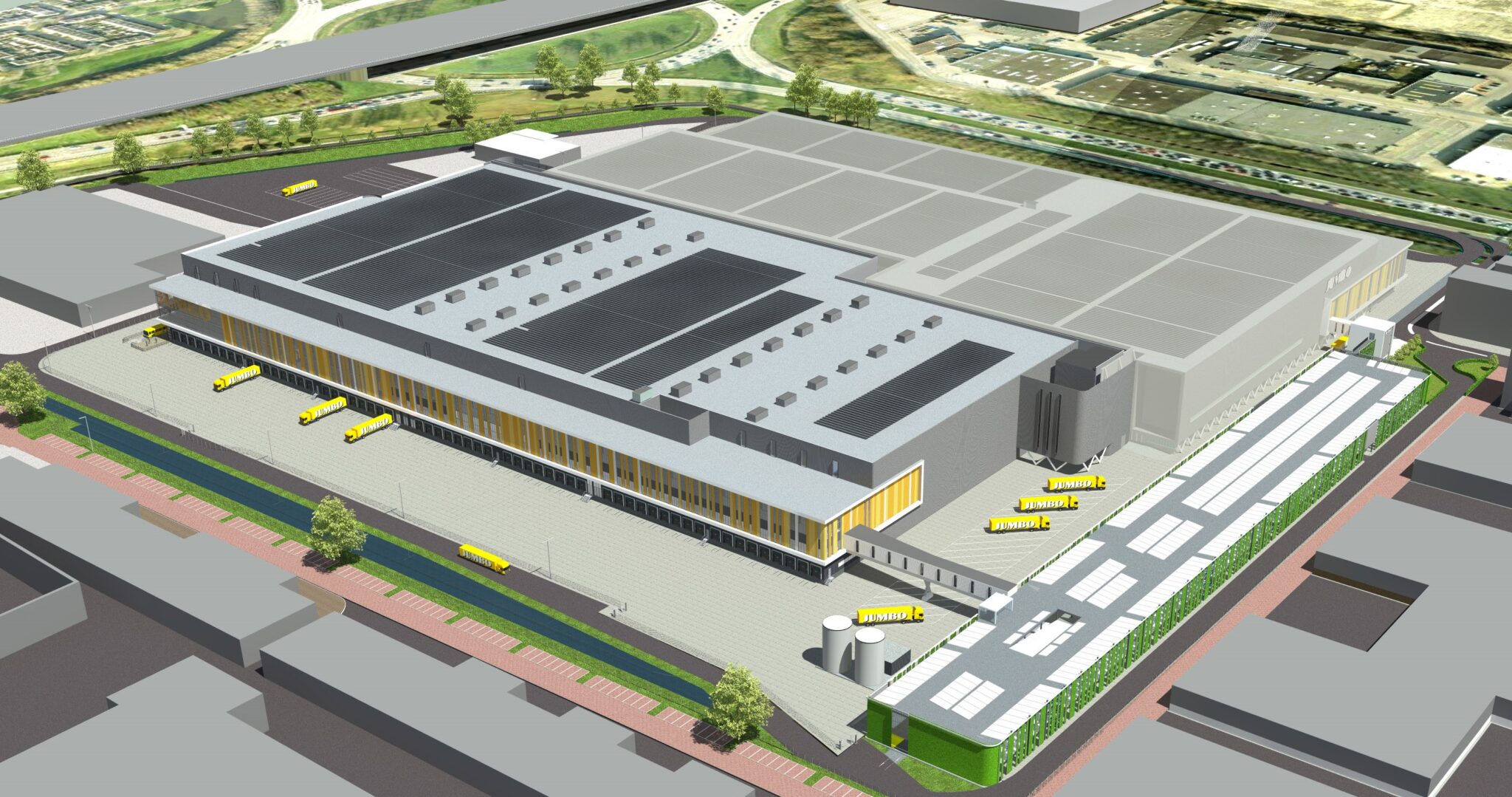In mid-July 2021, the Swedish food retailer Axfood awarded its logistics lifetime partner Witron Logistik + Informatik an order for the design, implementation, service, and system operation of a food eCommerce DC in Gothenburg, Sweden.
Both companies are thus continuing the OCM (Omni-Channel Machinery) strategy they started with four very specific goals: maximum premium delivery service for end customers of all distribution channels, maximum end-to-end cost-efficiency, flexibility, and sustainability. Witron is already implementing the 100,000 sq m omnichannel distribution centre in Bålsta (near Stockholm) for Axfood, which will bethe largest single project in the history of both companies.
“With the investment in these two distribution centres, we have laid the foundations for our future logistics platform, which will strengthen the entire Axfood family,” explains Klas Balkow, President and CEO of Axfood. “We are ensuring first-class, efficient, and sustainable logistics processes – for us and our nationwide customers – and with this are creating the prerequisites for profitable growth.”
Piece picking competence
From the end of 2024, the Gothenburg facility with a size of 11,500 sq m will provide home delivery to all online customers of the Scandinavian retailer in the region of southern Sweden, supplying approx. 17,000 different dry goods, fresh products, fruits and vegetables, as well as frozen food. In addition to the home shopping orders, the facility in Gothenburg will also handle click+collect orders for Axfood stores across the region. The highly automated food eCommerce DC is designed for a daily picking performance of 412,000 cases, which corresponds to some 6,700 customer orders.
“Witron’s piece picking systems pick almost 20 million single units per day worldwide,” says Jack Kuypers, Senior Vice President North-West Europe of Witron, citing an impressive figure. “In addition to a consistent overall concept – characterised by a high level of cost-efficiency – the competence in the area of end-customer delivery, which has been proven in numerous industries, was a particularly important decision criterion for Axfood.”
The logistical heart is the AIO “All-in-One Order” Fulfilment solution from Witron. The decisive advantage of this innovative piece picking system is that multiple categories such as different temperature zones, different distribution channels, as well as fast and slow movers can be handled in one integrated system – multi-functionally with the same technology and the same staff.
In Gothenburg, for example, e-commerce orders and click+collect orders are consolidated in this way. A total of 89,000 tote storage locations, 44 stacker cranes, and 52 ergonomic pick workstations are connected in a highly flexible material flow across all logistics areas. Due to these numerous advantages, Axfood has already opted for the AIO solution in the omnichannel distribution centre in Bålsta, where it also uses the system to fulfil online orders in addition to store orders.
Picking directly into containers
At the workstations, items from the dry goods and fresh food assortment are picked directly from the storage tote into shipping bags. Frozen products are picked from the storage tote into specially designed insulated containers, ensuring that the cold chain is maintained. The automated consolidation of all orders and temperature zones is optimised by an automated route sequence buffer, which consolidates the customer orders just-in-time and route-friendly for dispatch by Axfood’s own delivery vehicles or service providers.
Continuation of OCM strategy
“The food eCommerce DC in Gothenburg is the consistent continuation of our OCM strategy, which we started at Axfood with the realisation of the omnichannel distribution centre in Bålsta,” explains Jack Kuypers. “Consequently, OCM (Omni-Channel Machinery) is an integrated retail platform. It includes a high-performance logistics centre, the integration of the horizontal supply chain nodes, as well as different vertical channels, and, in addition, an optimiser that makes it possible to easily and efficiently manage the generated network according to various priorities – e.g. time, costs, performance, transport, or volume.
“We combine existing technologies, simultaneously develop a platform from the supplier, over the warehouse, through to the store or end customer, create transparency within the retail network, and enable data exchange between all participants,” says the Witron SVP “all the way to the store – or as here in Gothenburg – to the end customer.”
“With OCM, Witron has succeeded in creating a platform, a high-performance end-to-end retail logistics network, which actually integrates all nodes of our network for the first time,” explains Nicholas Pettersson, Managing Director Logistics at Axfood. “Inefficient parallel worlds and self-sufficient silos are taboo. In addition, the future solutions in Gothenburg and Bålsta will increase efficiency in all logistics processes, reduce food waste, and provide even higher supply quality, as well as better service for stores and end customers.”
As a general contractor, Witron Logistik + Informatik GmbH is responsible for the entire design, concept, realisation, and commissioning of all IT, control, and mechanical components. A Witron Onsite team with 38 technicians, responsible for service, maintenance, and system operation, ensures the permanent availability of the highly dynamic food eCommerce DC in multi-shift operation.











